Want to maintain the streak of hiring and retaining the most top performers in your company? Try reverse engineering your recruitment process.
Simply put, analyze the existing top performers to draft the ideal candidate persona and strategize your next hiring cycle.
Why? Because data says, these star employees bring in 400% more productivity than average folks.
And as the job complexity increases, so does this productivity gap.
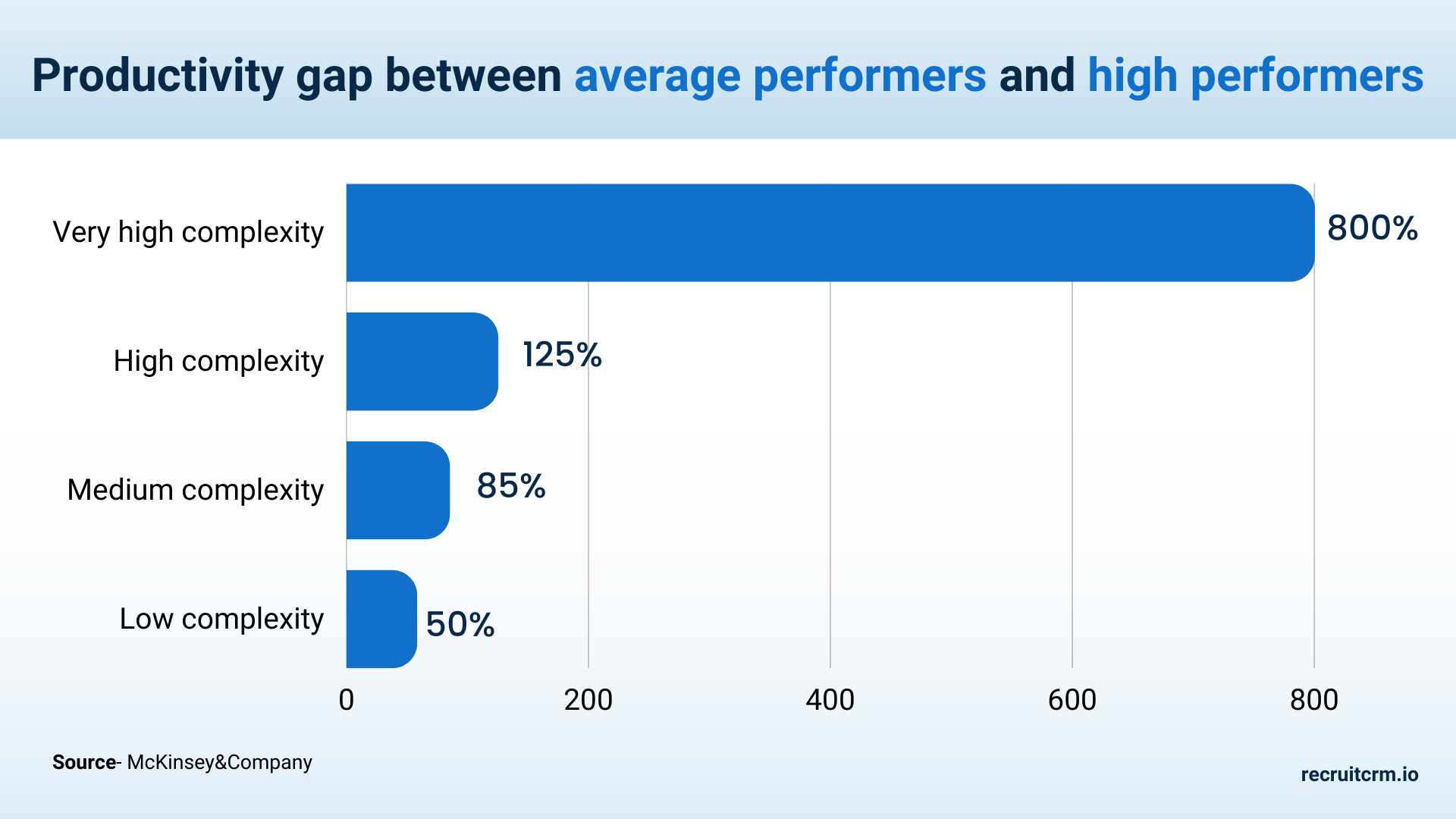
In short, high-performing employees are the key differentiators who propel your business forward, and you should strive to have more of them on your team.
To get started, let’s first analyze what a star talent looks like and how you can quantify their traits and attributes for performance benchmarking.
Let’s go!
Stage 1: Identification and spotting
Data says – 90% or more of the value on your teams comes from the top 10% of the company.
However, 47% of this cream layer is more likely to leave the company in a blink, be it for any of these or more reasons-
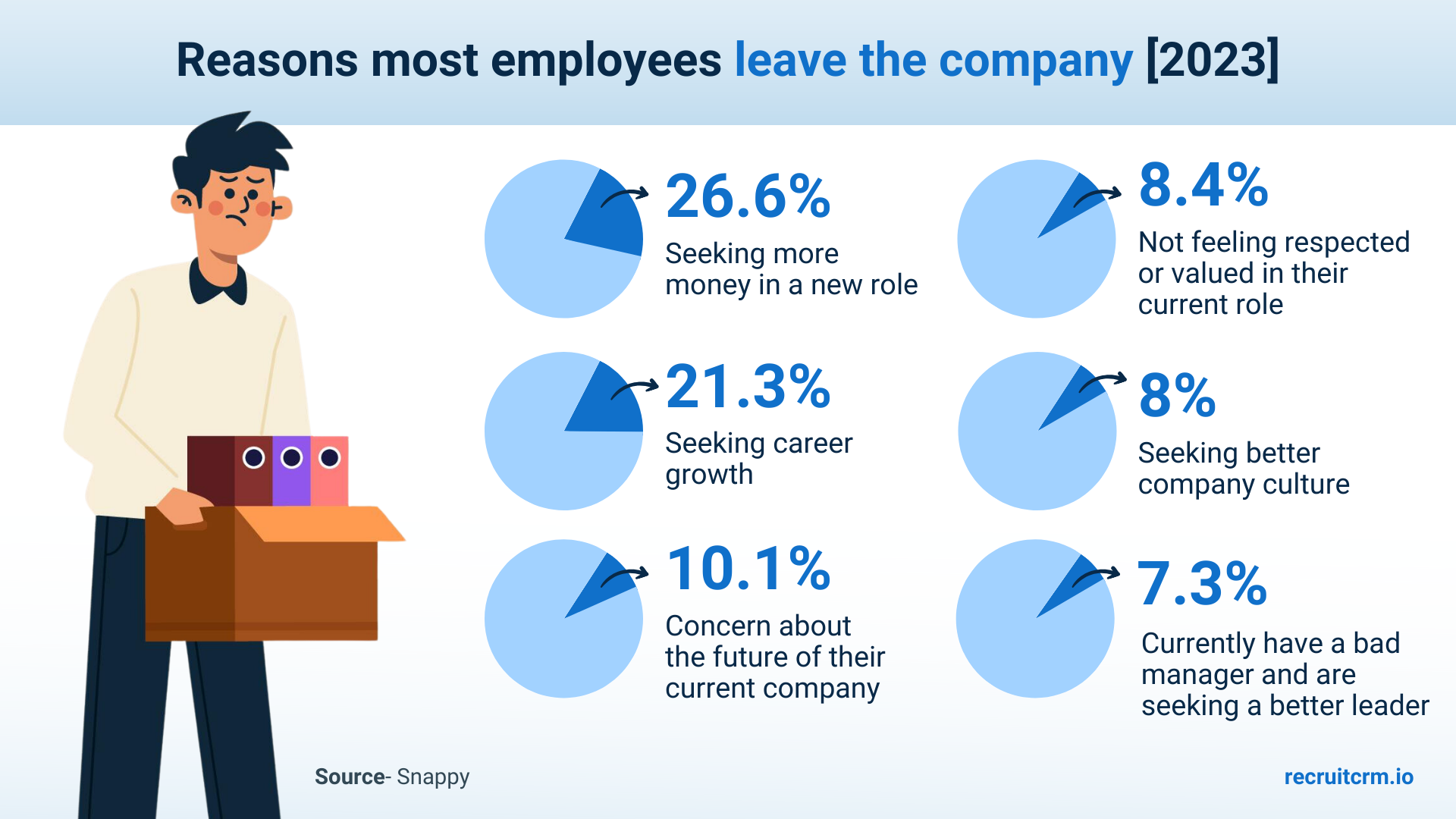
That’s a lot of talent, skill, and knowledge out of the door.
And you can’t afford it.
So, what’s the solution? Again, reengineering the hiring process. And the first step is defining what makes a top-performer “top-performer”:
What are the key characteristics of a top performer?
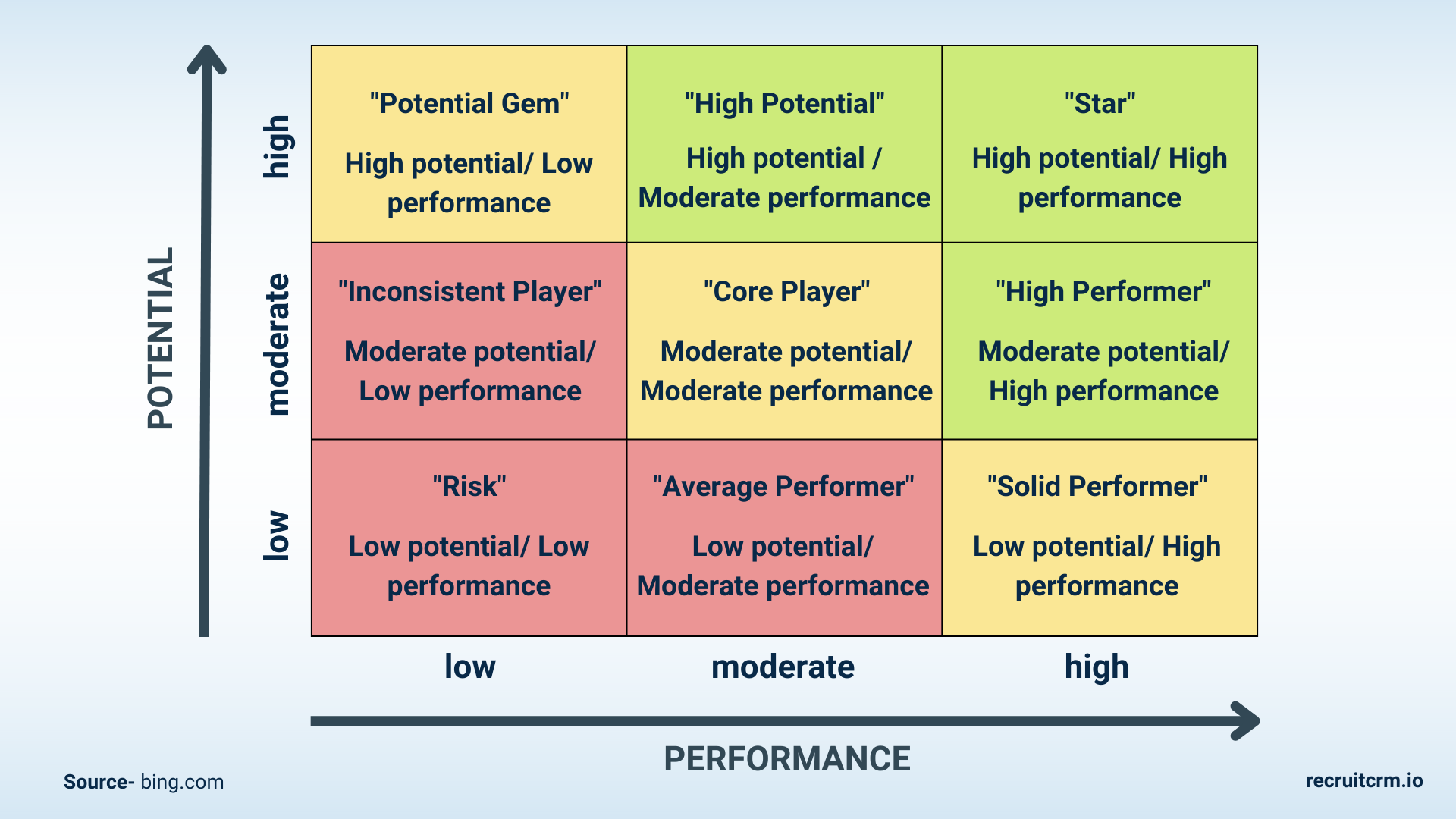
High-achievers (high performers at work) are employees who are eager to go above and beyond the basic requirements of the job.
Executives and managers naturally gravitate towards these employees when they need trusted insight into any project.
Why? Because – from having a strong work ethic to a history of successes, they exhibit the following (but not limited to) characteristics:
While others wait for directions, they lead
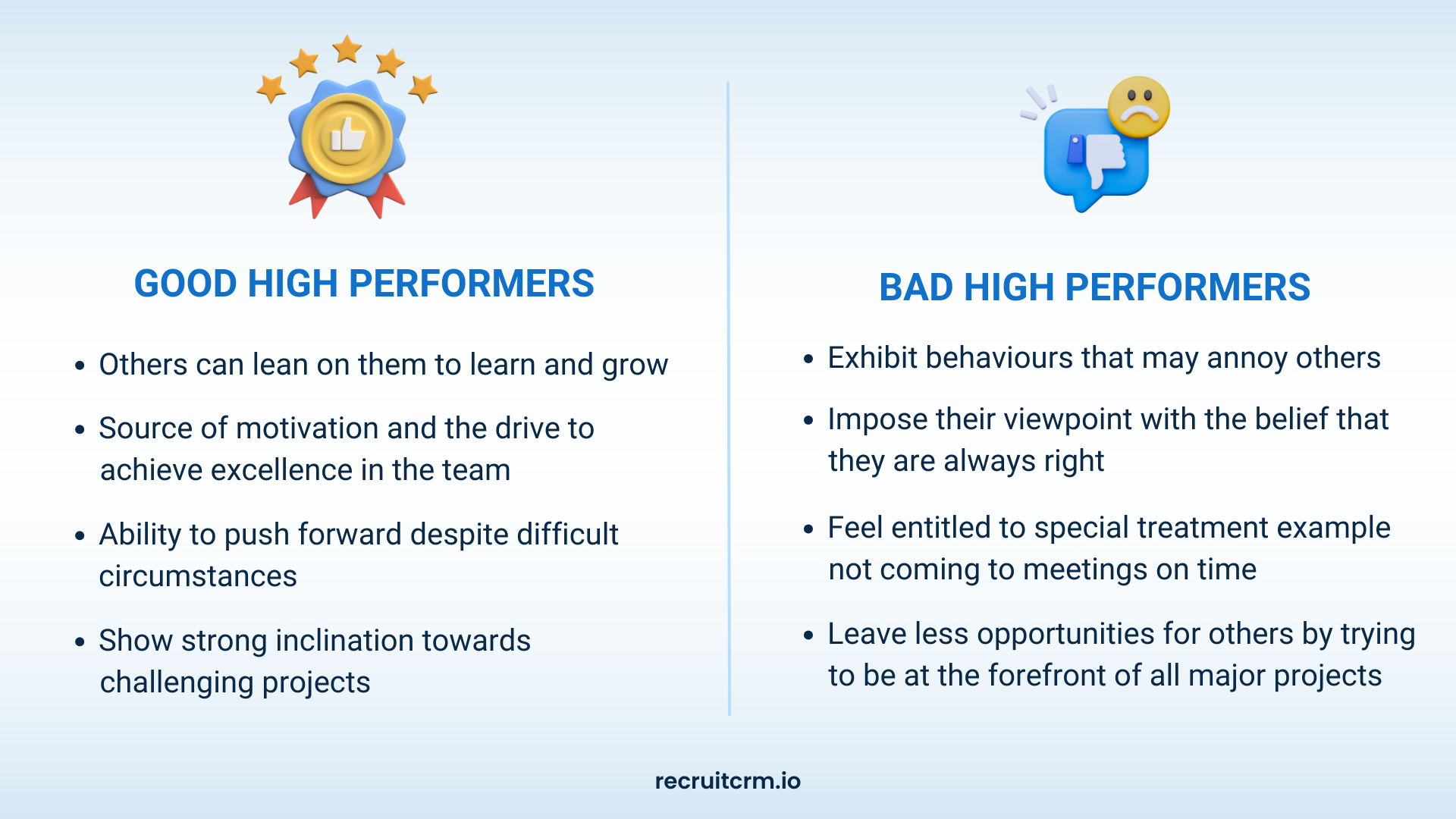
High performers are natural leaders. They are fearless in taking charge and getting things done.
Decisiveness characterizes their decision-making style, eschewing procrastination in favor of quick, confident choices.
Their exceptional communication abilities enable them to express their ideas cogently and convincingly, inspiring others to follow their lead.
Moreover, their dedication to continuous learning and personal growth is a testament to their humility and readiness to acknowledge knowledge gaps.
To sum it up, high performers are not only valuable assets to their team, but they are also great mentors to new employees.
They maintain a positive mindset
Maintaining a positive attitude stands as a defining characteristic of high achievers, and it is their ability to radiate positivity even in the face of adversity that truly sets them apart.
From extending warm greetings to colleagues accompanied by a welcoming smile to using words of encouragement, top employees readily extend their assistance to their team grappling with difficulties, ever-ready to lend a helping hand and uplift those in need.
In short, positive employees are invaluable assets to any team, as they not only cultivate a work environment that exudes positivity and productivity but also contribute significantly to enhancing team morale.
They possess strong skill sets
High performers in any company possess a diverse skill set that includes not only technical expertise and subject mastery but also interpersonal competencies.
These model employees communicate effectively, engage in meaningful dialogues, and foster collaboration among their colleagues.
Their critical thinking and problem-solving ability set them apart, allowing them to navigate complex challenges with finesse.
Leadership is intrinsic to their DNA, as they inspire and guide their team towards success.
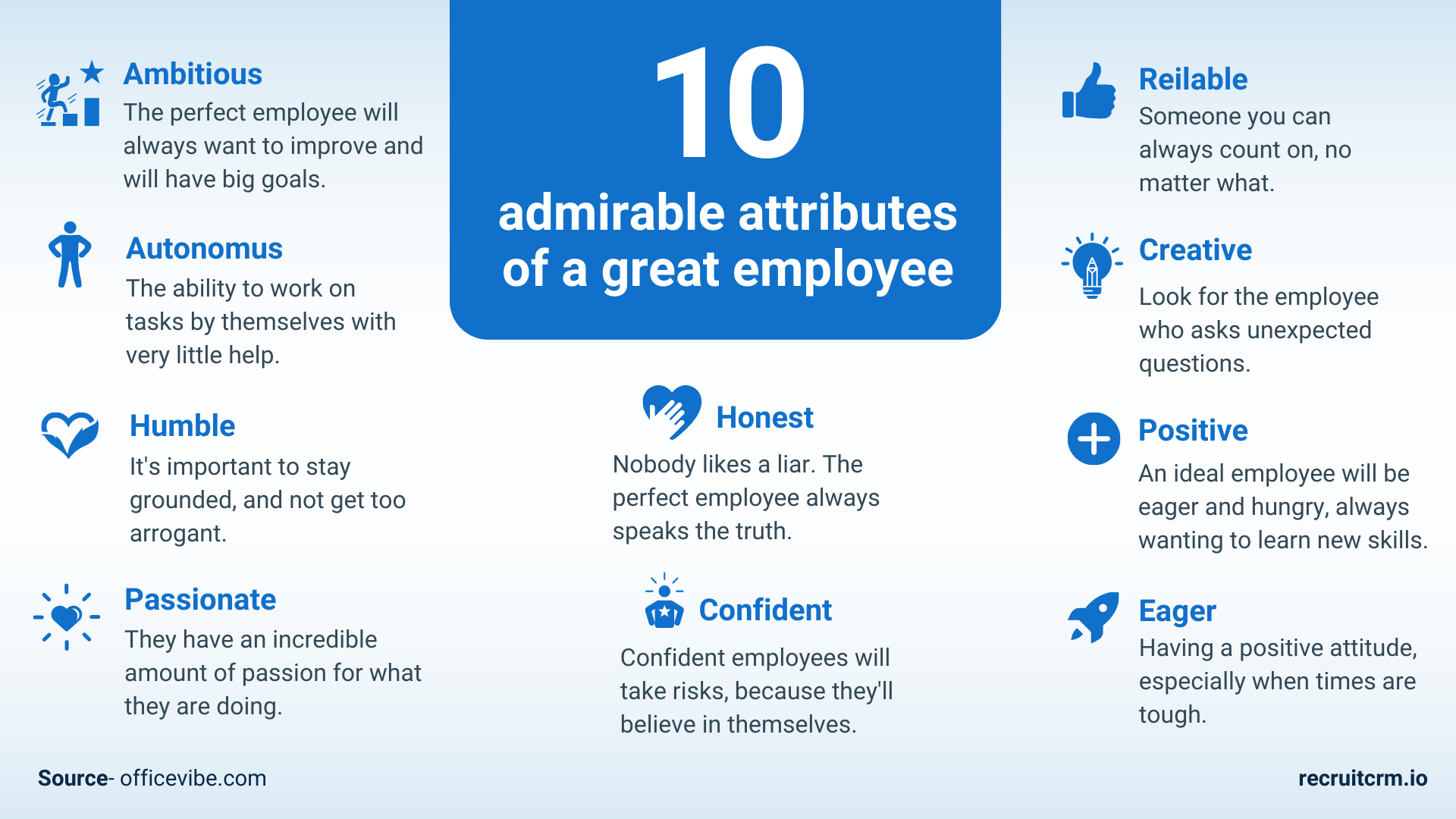
They respect all teammates equally
High performers are respectful. They treat everyone courteously, regardless of their title, position, or team.
They are mindful of their words and actions and support a positive and inclusive work environment where everyone feels valued and respected.
In meetings, they don’t dominate the conversation or talk over others. Instead, they allow time for everyone to make their voices heard.
Model employees don’t take credit for other people’s work and are always quick to offer praise and appreciation.
They display high-productivity
Top employees are highly organized, efficient, and good at managing their time. They know how to set priorities and delegate tasks.
They focus on high-impact projects that significantly contribute to the company’s growth instead of wasting time on busy work.
High-performers believe in continuously improving their skills through training. They know that the more skills they have, the more productive they can be.
They break down their work into smaller, more manageable tasks rather than trying to do too much at once.
Finally, they limit distractions in the workplace. They know that distractions can be a major productivity killer and thus strive to create a workspace that is free from distractions so they can focus on their work.
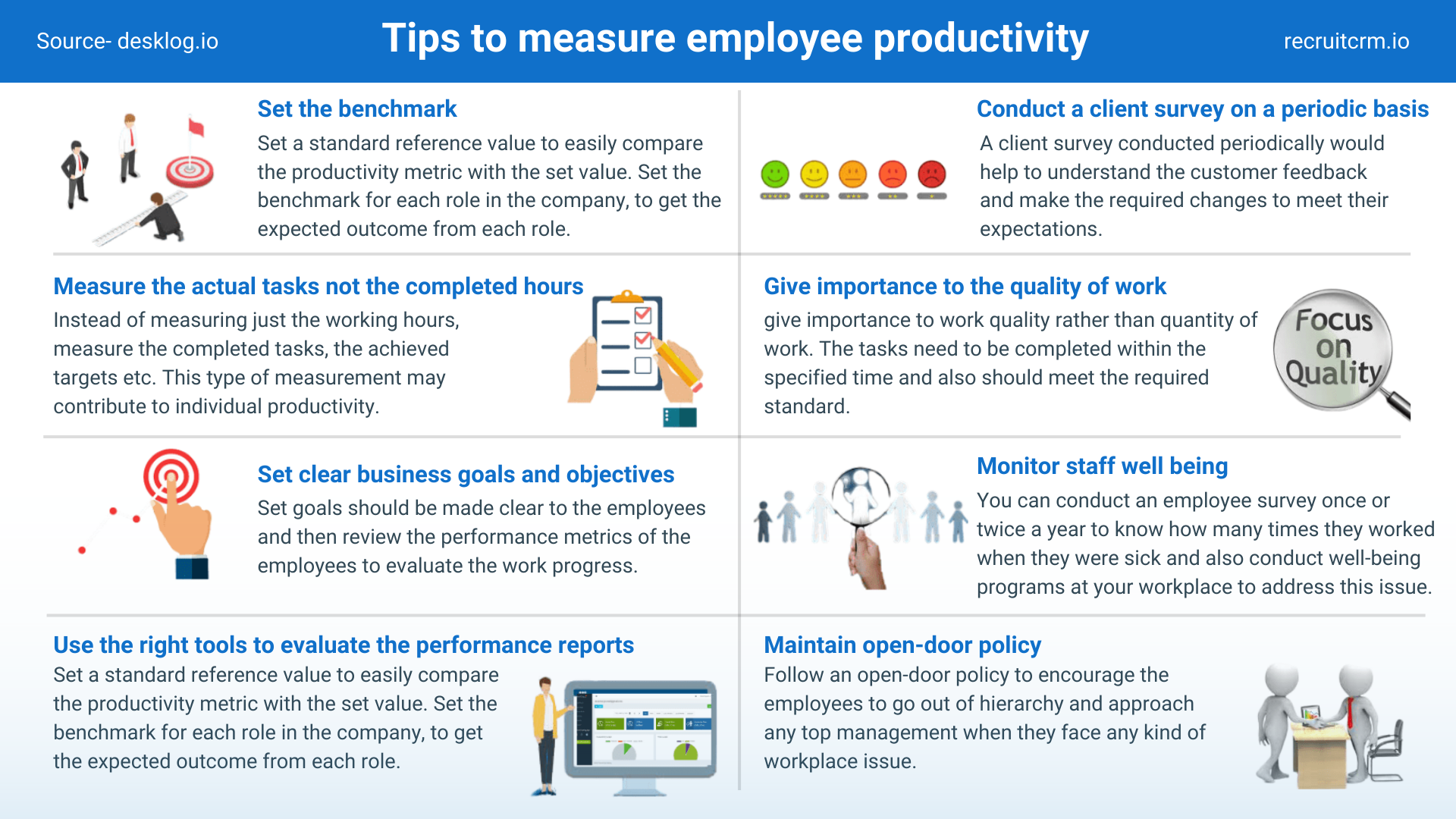
They openly accept constructive criticism
While some employees take critique personally, high-performers see it as an opportunity to grow and become better at their jobs.
They know it’s valuable for their improvement and thus actively listen to others’ perspectives without getting defensive.
They want to make sure they understand the feedback and why it is being given. They may even ask for specific examples of how they can improve.
They understand their strengths and weaknesses
Model employees know how to say no.
Rather than being a jack of trade, they focus on their area of proficiency and avoid taking too much work that can later prove to be overwhelming.
For example, if a high-performer is working on a project with a deadline of Friday, they will not take up new projects mid-week. They understand and prioritize work responsibilities as per their goals.
In short, they are very selective about the work they take on and give their 100% on it.
How can you spot top performers in your company?
Now that you know what a star employee looks like, here is the next step: Spot them in your company.
And it’s quite simple. Just follow these steps:
Observe behaviors and attitudes
Just now, we discussed the key traits of a high performer. Now is the time to observe all your employees in various settings like meetings, brainstorming sessions, presentations, etc., and see if they fit the description.
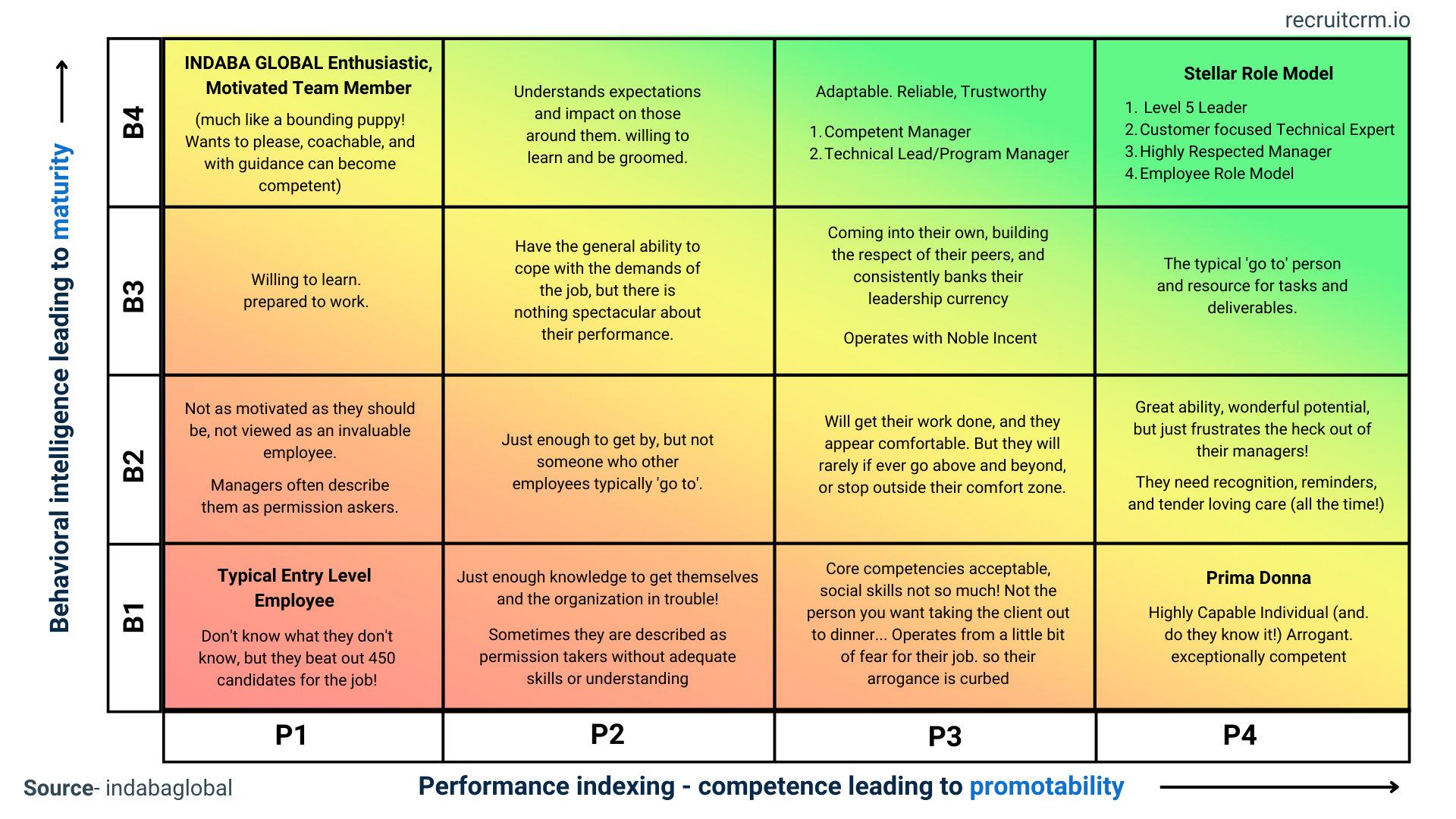
Mind that many high performers are naturally noticeable because of how they interact with their team members on a daily basis.
All you need to do is observe them through shadowing or glean them from their performance reviews and feedback.
Conduct employee reviews and interviews
Conducting annual/quarterly employee evaluations is a great way to have a 360-degree understanding of employees’ skills, strengths, weaknesses, and behavioral patterns.
To facilitate this process effectively, you can either create your own or use a template like this to record your observations:
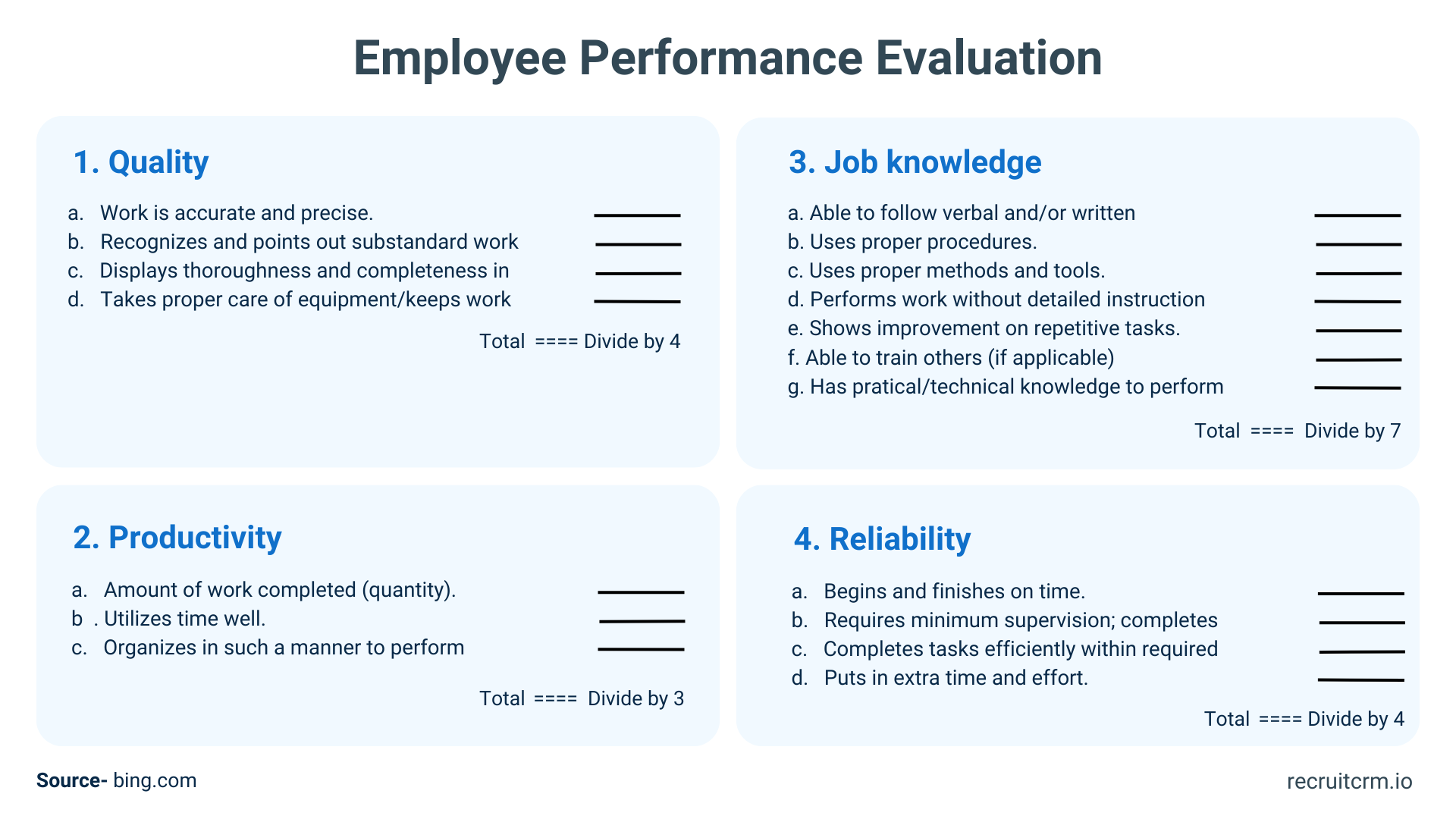
Once you spot any employee with desired traits, don’t stop just there. Talk to their team members and managers for even more detailed input on that employee’s performance and potential.
Only by reviewing their job performance, tangible outcomes, as well as their interpersonal skills, and relationships, can you determine if they have the qualities of a high performer.
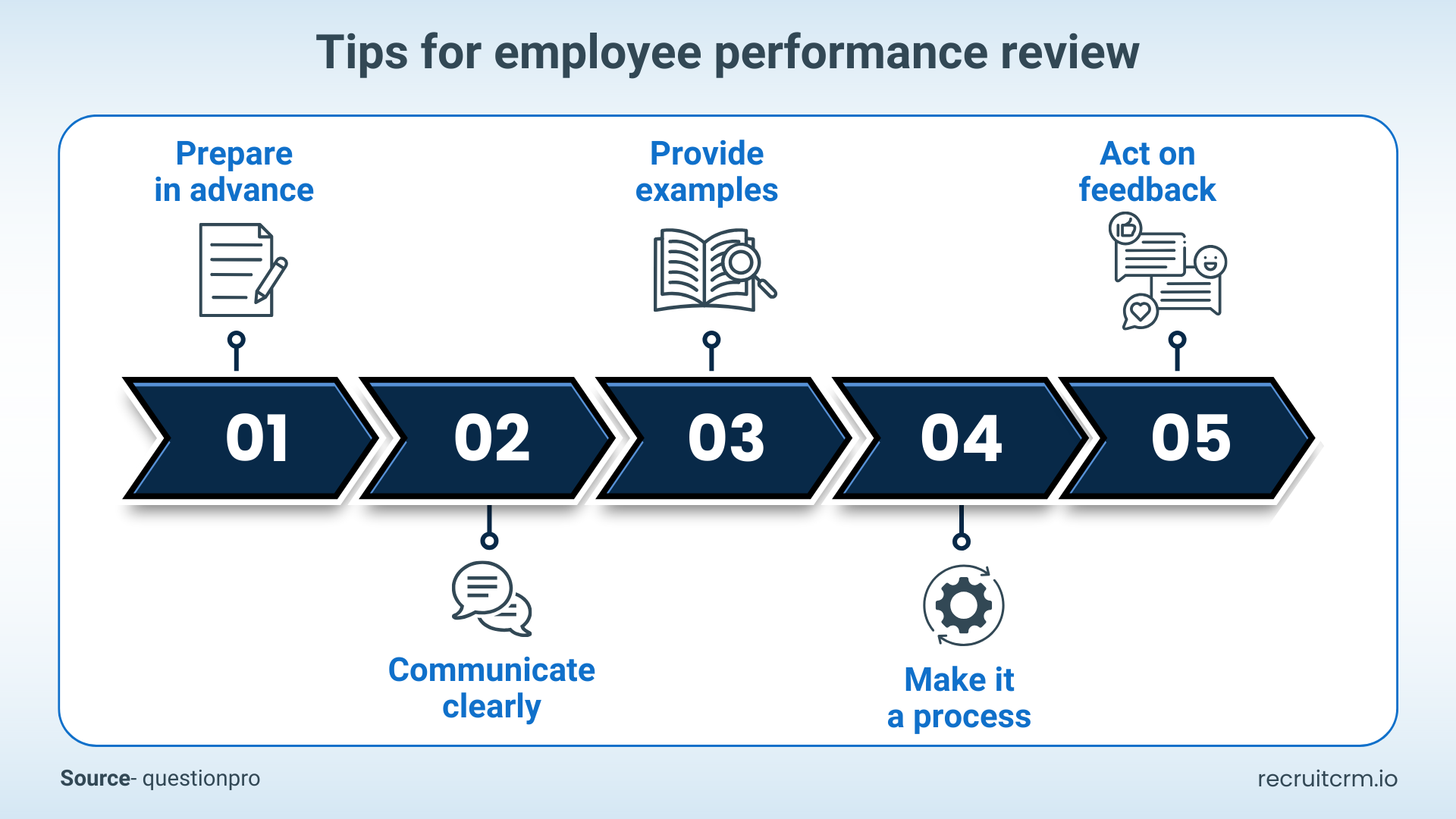
Use multiple sources of feedback
One way to spot top performers quickly is to cast a wide net for insights. Seek feedback from sources, including peers, managers, customers, and stakeholders.
This multi-pronged approach will help you gain a broader and more accurate perspective on your team members’ strengths, areas for improvement, accomplishments, and challenges.
You can use a variety of methods like surveys, ratings, reviews, testimonials, or recognition programs to collect these feedbacks.
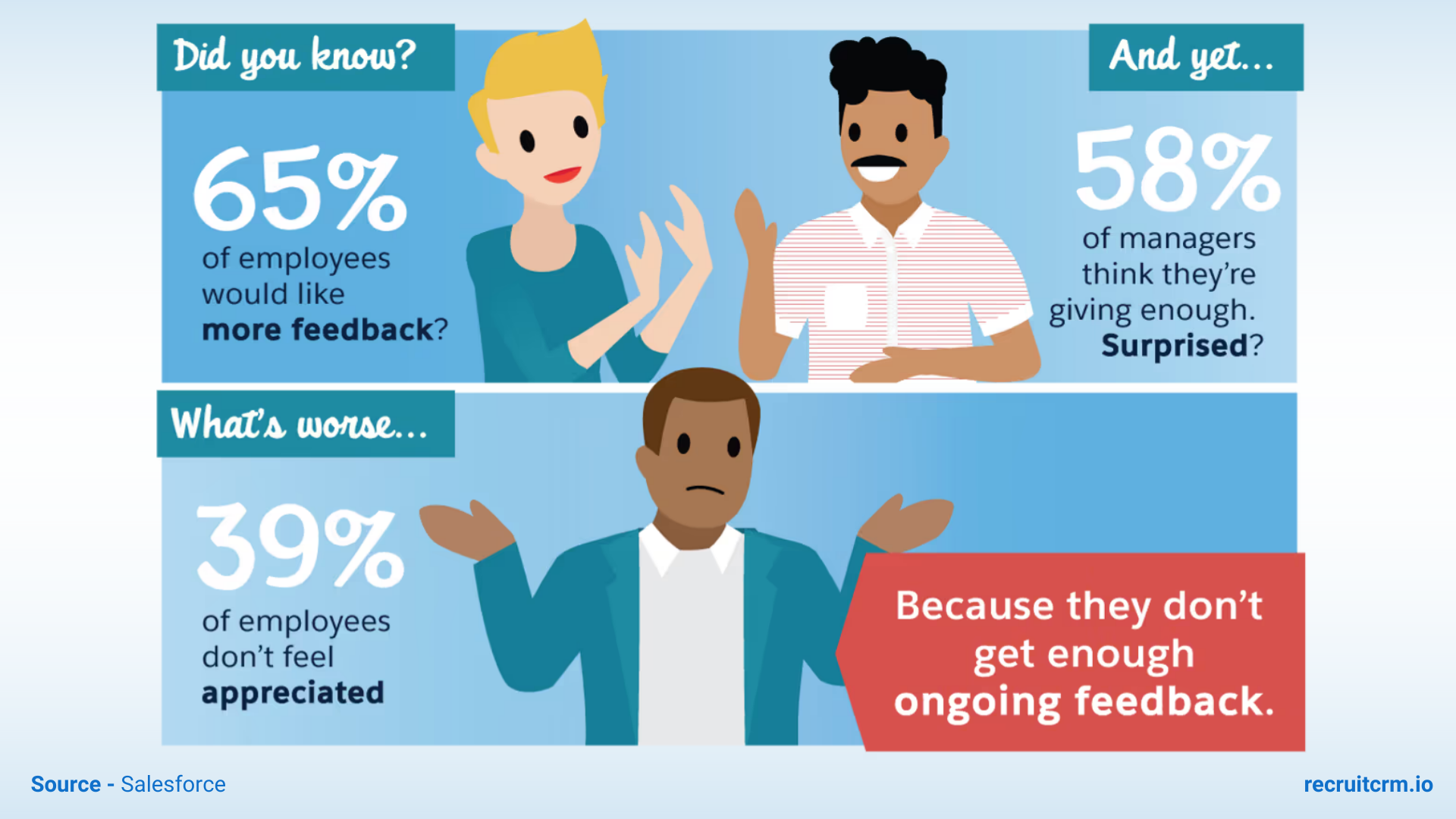
However, exercise caution; feedback isn’t without its quirks.
Watch out for potential biases like recency (overemphasizing recent events), halo (generalizing one trait to overall performance), or confirmation bias (interpreting feedback to align with preconceived notions).
Counteract these biases by grounding your assessments in objective, consistent criteria. In doing so, you’ll pinpoint your top performers with greater precision.
Track results and outcomes
Another valuable method for singling out your standout performers is tracking their results and achievements over time.
This entails keeping a record of their completed tasks, successful project deliveries, goal attainment, and the value they bring to the table.
You can use various tools and metrics, such as dashboards, reports, charts, or graphs, to monitor and analyze your team members’ performance data.
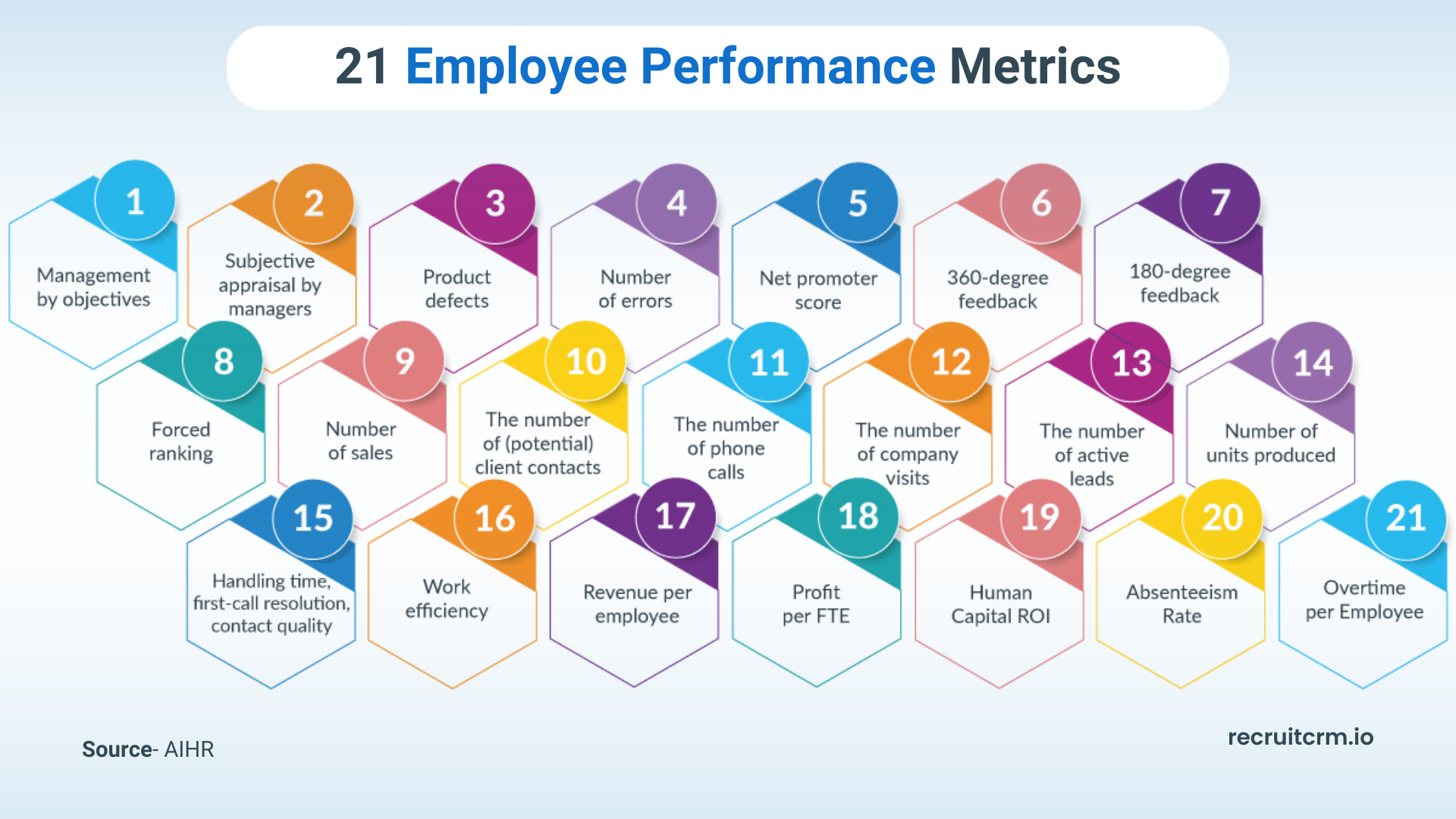
However, it’s essential to maintain a discerning eye.
While numbers and statistics provide essential insights, don’t disregard the importance of the quality and relevance of the data.
For example, if you are tracking the number of tasks completed, you must ensure that the tasks are of equal value. You must also ensure the data is relevant to the employee’s role and responsibilities.
Balancing quantitative data with qualitative observations ensures a well-rounded assessment of your top performers.
Have regular conversation
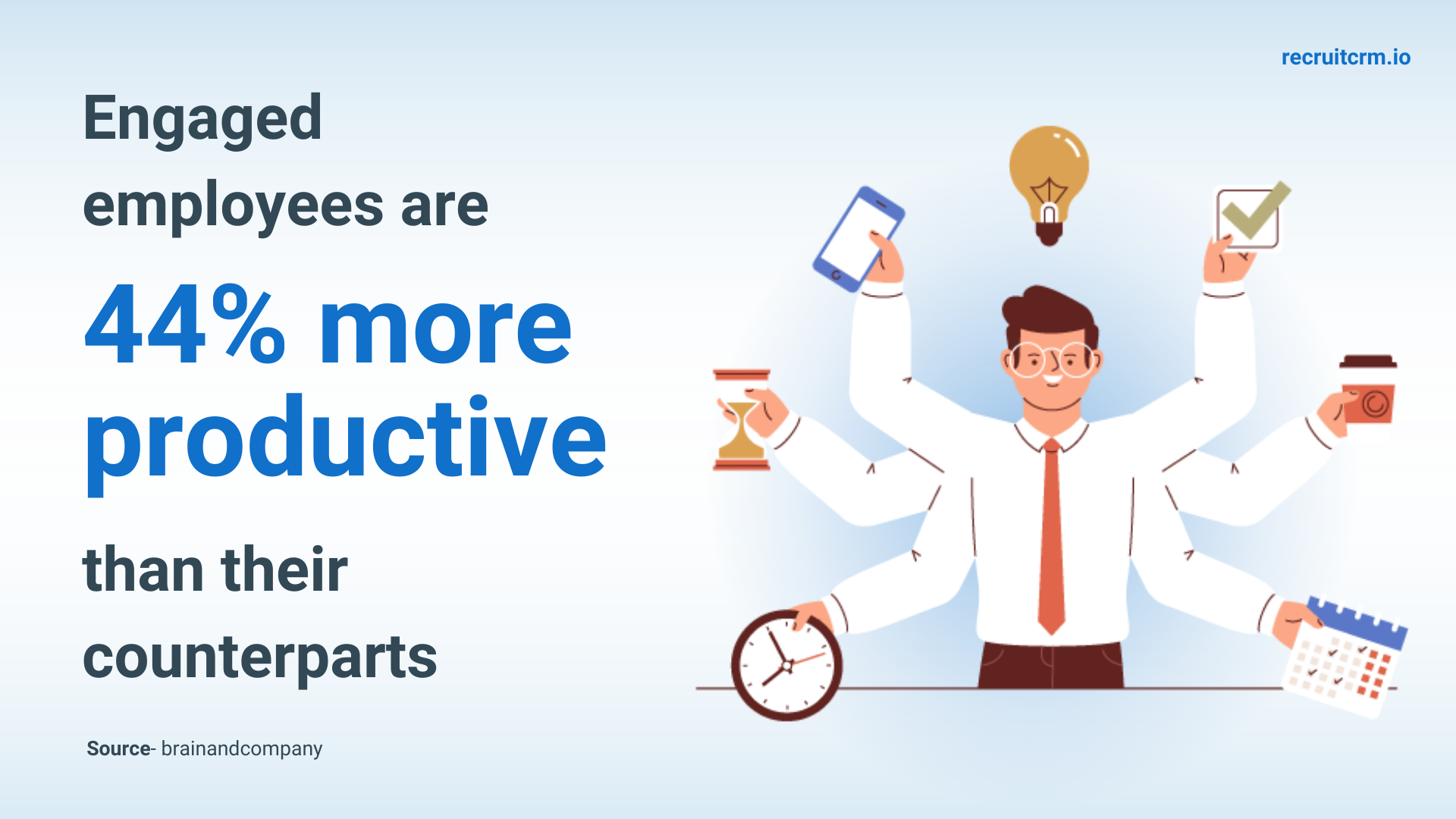
One last, but by no means least, strategy to pinpoint your top performers is through the art of conversation.
Engaging in regular tête-à-têtes like one-on-one meetings, coaching sessions, or performance reviews can help you understand your employees’ motivations, dreams, roadblocks, and feedback.
These interactions are not just about extracting information; they’re a platform to recognize achievements, show appreciation for their hard work, and celebrate their successes.
But what should you exactly talk about?
- Their work: What are they working on right now? What are their goals for the future?
- Their challenges: What are they struggling with? How can you help them?
- Their feedback: What do they think about your team and organization? How can you improve?
- Their development: What skills do they want to learn? How can you help them develop their skills?
- Their goals: What are their short-term and long-term goals? How can you help them achieve their goals?
- Their opportunities: What opportunities do they see for themselves? How can you help them seize these opportunities?
And there you go! Done with stage 1.
Stage 2: Analysis and performance benchmarking
Performance benchmarking is the process of comparing the performance of an individual, team, or organization to industry standards or best practices. It is basically used to identify areas where improvement is needed or to set goals for future performance.
In hiring, a performance benchmarking approach can help identify top performers by comparing their skills, experience, and qualifications to the performance standards of the role they are applying for.
That said, there are a few different ways to conduct performance benchmarking.
One way is to use a competency framework.
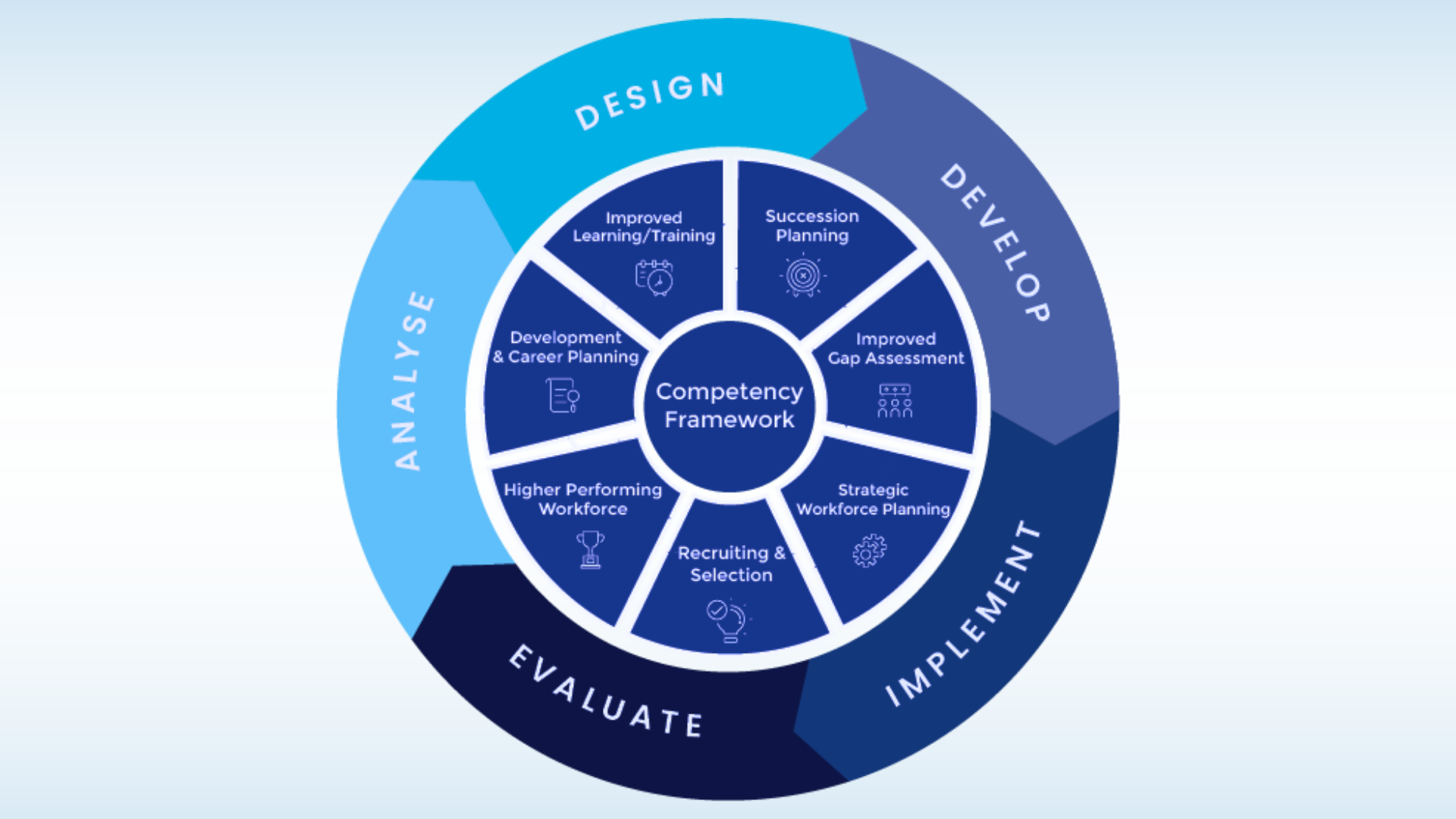
A competency framework lists essential skills, knowledge, and abilities for success in a particular role.
By comparing a candidate’s skills and experience to the competencies listed in the framework, recruiters can better understand how well they are likely to perform in the role.
Another way to conduct performance benchmarking is to use KPIs.
These performance metrics are specific, measurable indicators of performance. By tracking them, recruiters can identify top performers and see how they compare to other employees in the same role.
But now the question is what metrics should you exactly track?
What metrics should you use to benchmark candidates’ performance based on your top performers?
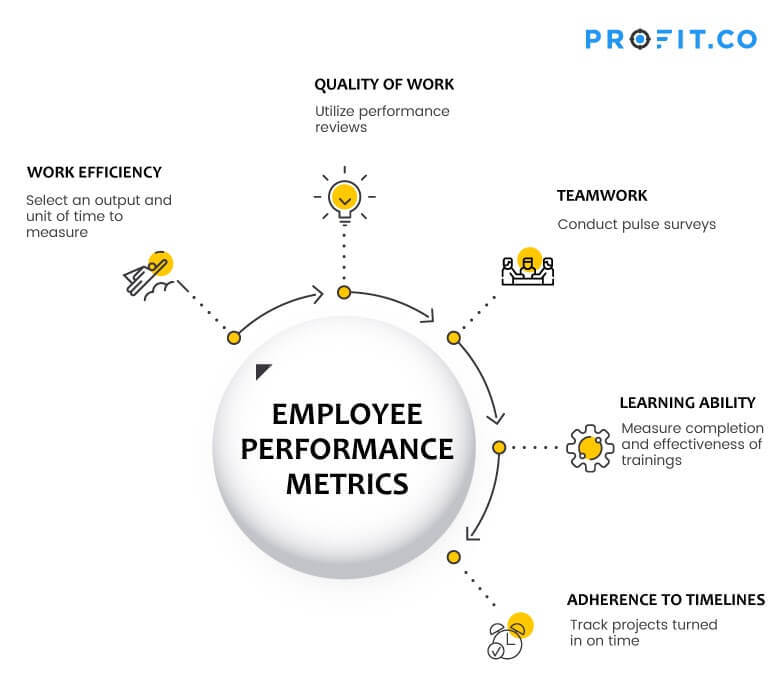
While observing behaviors and attributes can be subjective, using the right KPIs can help employee performance evaluation be much more clear and easily quantifiable.
Some key metrics that you must track are:
| KPI type | Definition |
| Goal-based metrics | Tailored to the employee’s role and department, these metrics focus on the quantity of their work. Examples of this metric include revenue generated, profit, average sale/deal size, or the number of completed customer inquiries. |
| Qualitative metrics | These metrics assess how well employees perform their jobs, often based on customer satisfaction, service ratings, and reviews from managers and peers. |
| Effectiveness and productivity | This KPI measures the employee’s ability to meet deadlines, consistently achieve goals, and prioritize work efficiently. Examples may include task completion rate, overtime per employee, and employee capacity. |
| Innovative and initiative | This metric tracks how often managers/superiors need to intervene, the employee’s proactiveness, willingness to help others, and conflict resolution skills. |
| Employee morale | Measured through sliding scale surveys, this KPI assesses employee engagement, motivation, value alignment, and satisfaction. |
| Involvement | Establish benchmarks for absenteeism rate, number of days off per quarter or year, and participation in meetings or volunteer opportunities. Compare these benchmarks against employees’ performance. |
How can you ensure your chosen performance metrics are accurate and reliable?
Firstly, be clear about the purpose of the chosen metrics. What do you want to measure? What decisions do you need to make based on the data?
Ensure the metrics you choose are quantifiable, relevant, and directly aligned with your goals.
Secondly, consider the context in which the metrics are being used. The same metric can mean different things in different contexts.
For example, the number of sales calls a salesperson makes may be a good measure of productivity in one company but not another.
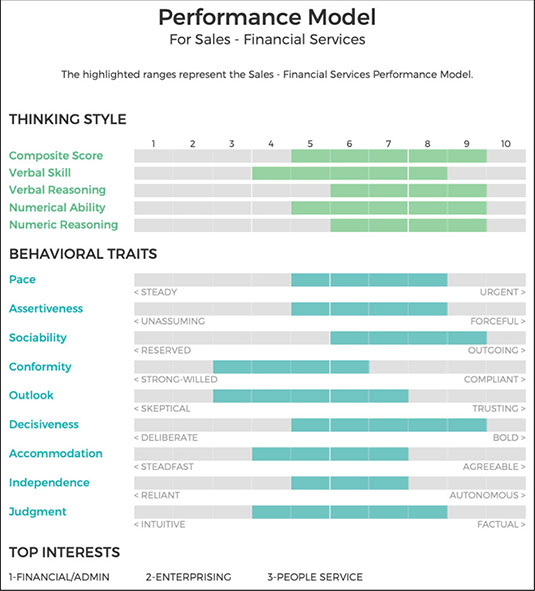
Next, set up a robust data collection process, which uses standardized methods and tools to gather performance data consistently.
Data integrity and quality checks should be routine, promptly addressing any errors or inconsistencies to maintain the metrics’ credibility.
Also, you must not forget regular calibration and benchmarking against industry standards or peer organizations for valuable context and validation.
Lastly, involve relevant stakeholders, such as employees, managers, and customers, in developing and validating metrics to ensure a more accurate reflection of performance, fostering trust in the measurement process.
Continuous monitoring, refinement, and adaptation of performance metrics based on feedback and changing circumstances further enhance their accuracy and reliability.
Mind that- No metric is perfect. There will always be some degree of error. So, always use multiple metrics to get a more complete picture of your employees’ performance.
There you go! You have quantifiable traits and attributes of your current high-performers. Now, use this data to build your ideal candidate persona.
Don’t know how? Download our FREE actionable job marketing mastery guide today!
Stage 3: Evaluation and hiring
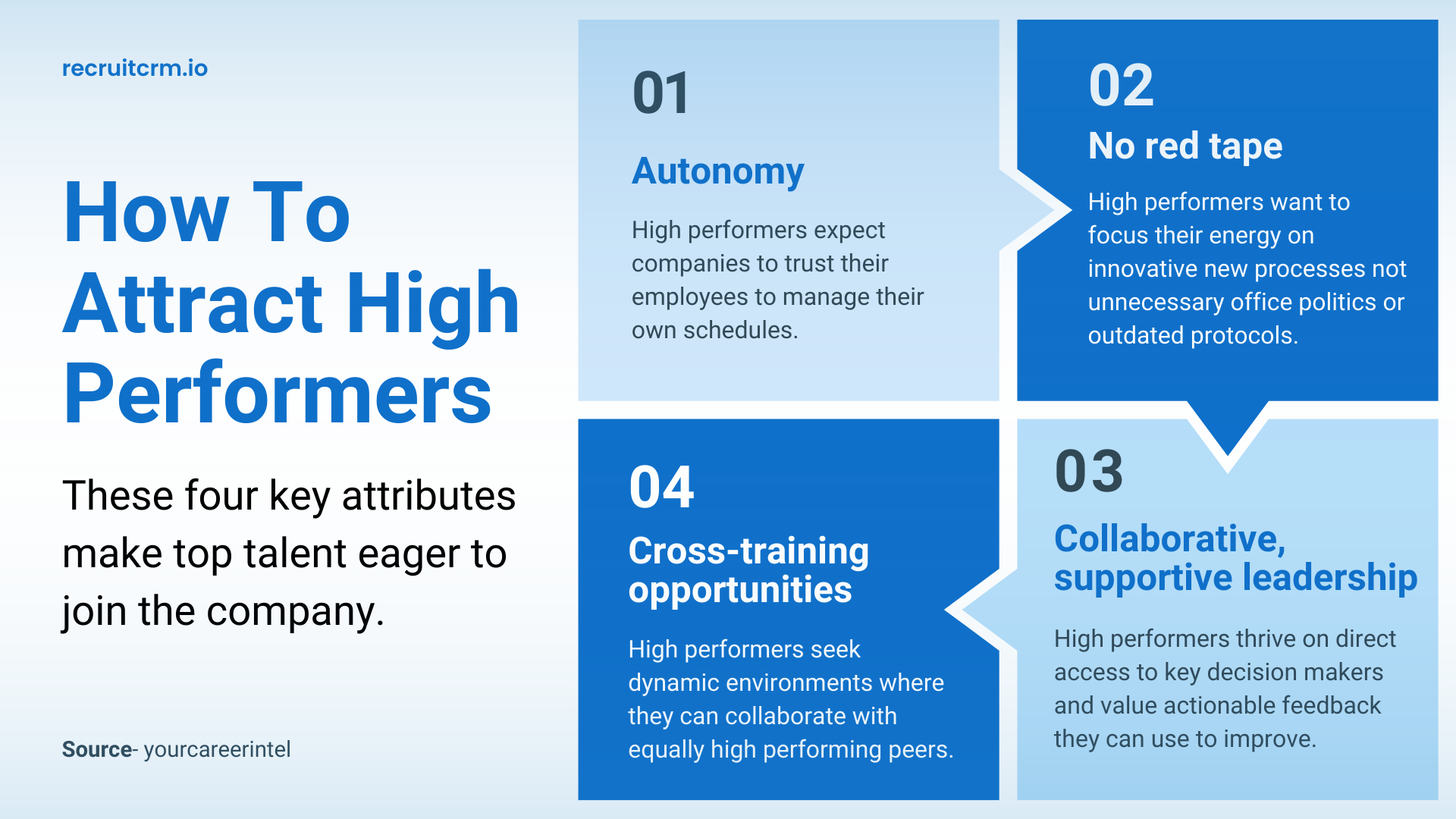
When we hire people, we want to hire the best of the best.
But how do we attract top performers? How do we ensure we’re not just wasting our time interviewing average candidates?
Well, it’s pretty straightforward from herein-
Leverage the talent persona you crafted in the previous stage based on high performers’ skills and attributes to craft a compelling job description, build an interview kit, draft pre-assessment tests, and offer competitive packages to new hires.
All this you can learn step-by-step in our FREE job marketing mastery guide. If you haven’t downloaded it yet, do it now!
How can you ensure your new hire is your company’s next top performer?
Here are five best strategies to confirm:
Create a positive onboarding experience
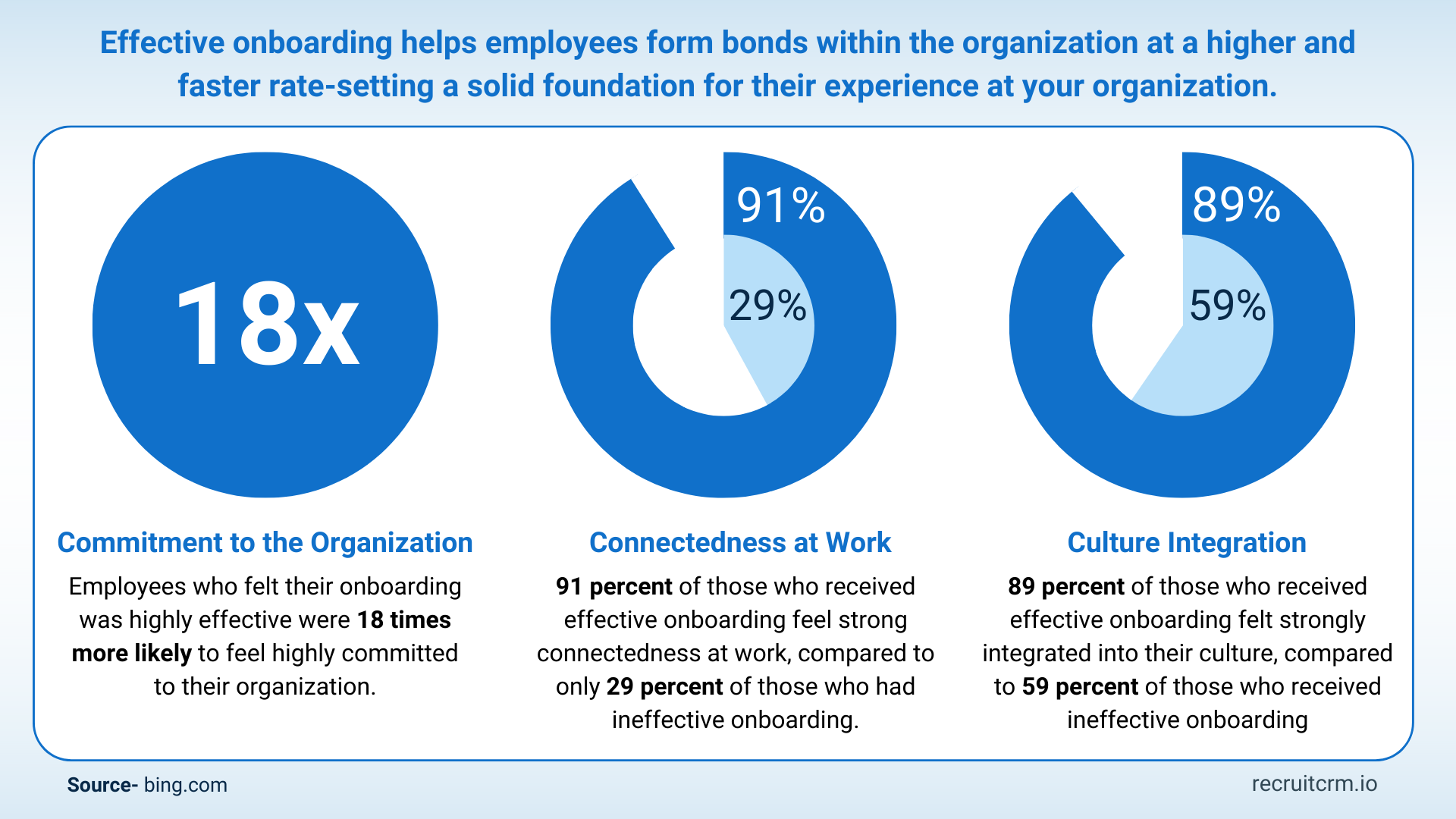
The initial phase of the onboarding process sets the tone for the entire candidate journey within your company.
So make sure it’s positive. How?
When your new employee first joins your company, introduce them to your company’s culture and values. This involves more than just handing them an employee handbook; take the time to explain the company’s mission, vision, and the role they will play in achieving these goals.
Assign them a mentor or buddy to guide them through their early days, answer their questions, and provide support. This not only helps them integrate faster but also fosters a sense of belonging.
Also, ensure they have access to all necessary equipment, software, and tools right from their first day so they can hit the ground running.
Mind that- An organized and efficient onboarding process can eliminate unnecessary frustration and allow your star candidates to 100% focus on their work.
💡Tip: Personalize the onboarding process to make your new hire feel valued and welcomed.
Set clear goals and expectations
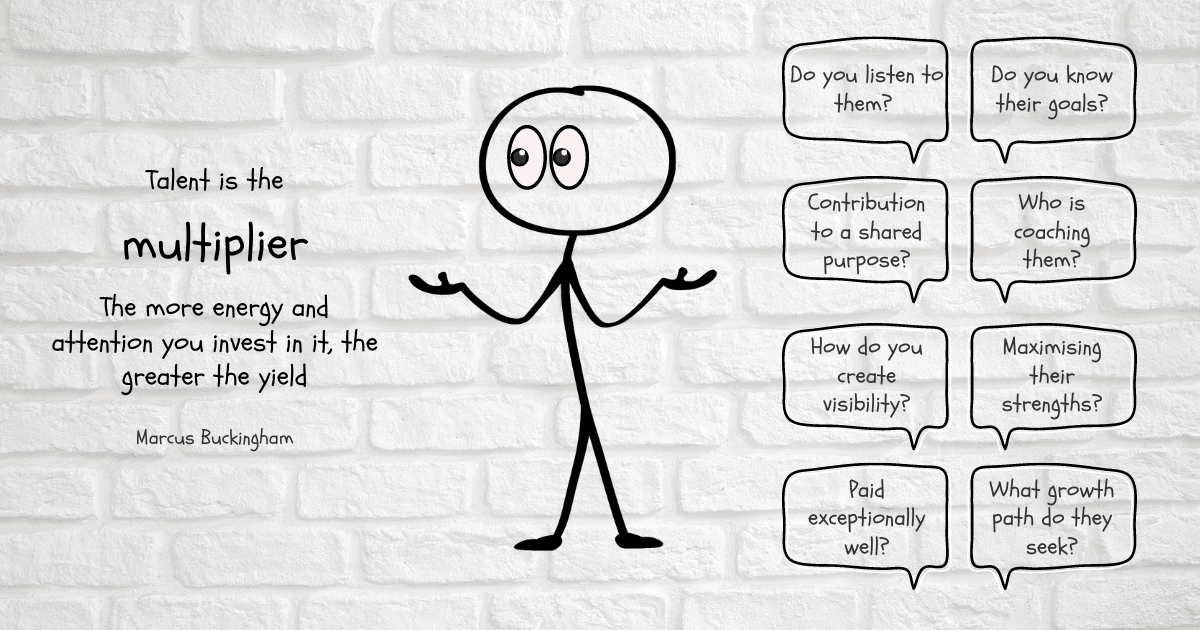
Clarity in terms of goals and expectations is fundamental for any employee’s success.
So, your first priority should be to clearly outline the SMART (Specific, Measurable, Achievable, Relevant, and Time-bound) objectives and targets that you expect your new hire to achieve.
Next, ensure your new hire understands their role and responsibilities thoroughly. This includes not only their primary duties but also any secondary tasks that may arise.
Also, you must schedule regular check-ins to discuss progress and offer them constructive feedback. This two-way communication will ensure that your employee is on the right track and can address any concerns or obstacles.
💡Tip: Regularly revisit and adjust goals to ensure they remain relevant and challenging.
Prioritize continuous learning and growth
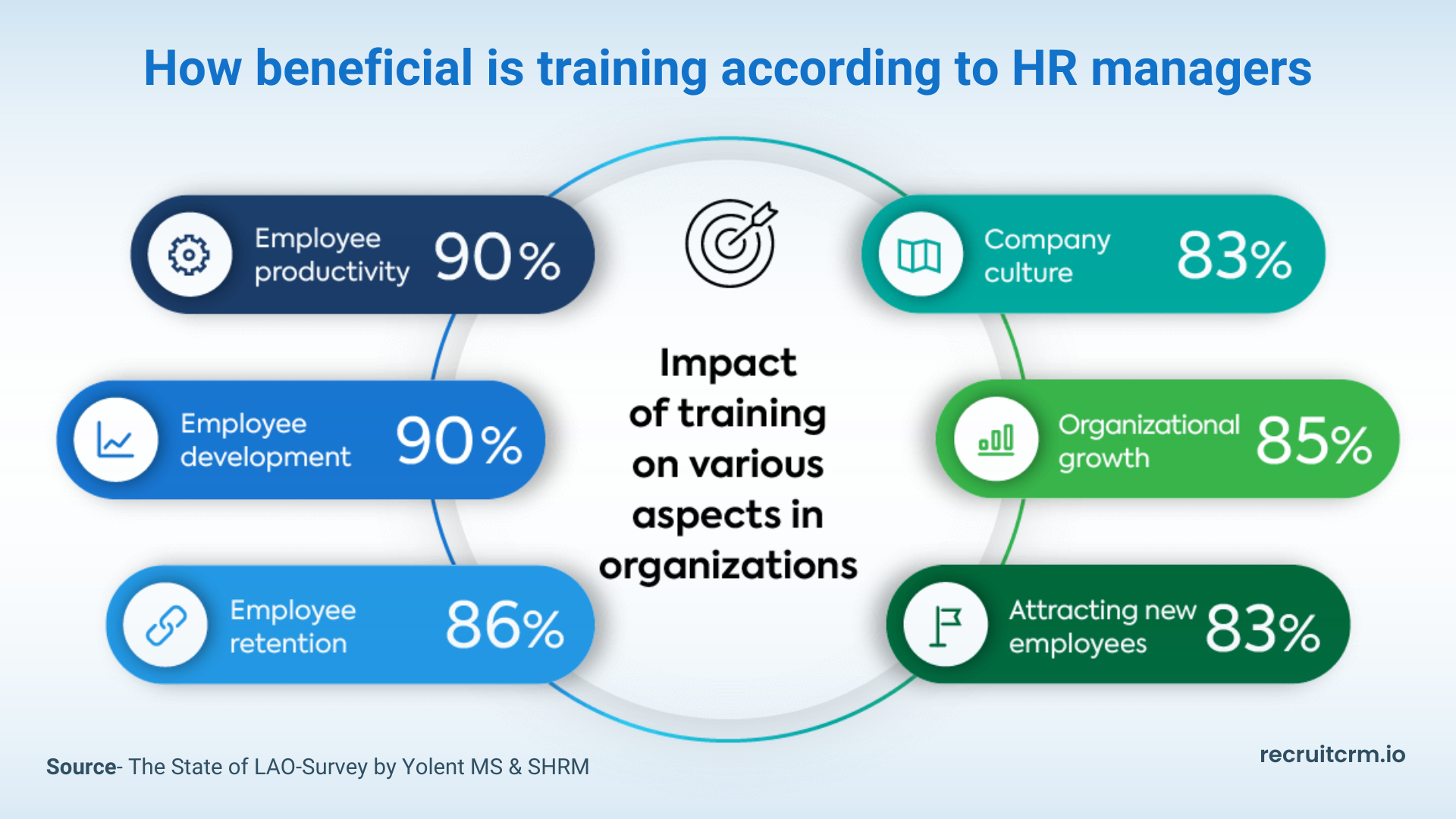
Top performers are not content with just staying busy. They want to do work that has an impact, constantly challenges them, and helps them grow. They seek new ways to push themselves and achieve more.
As a recruiter, you must spend time visualizing their growth path, identifying the opportunities they will need along the way, and ensuring that their work is aligned with the challenges they need to learn and grow.
Don’t be afraid to look beyond the boundaries of your team to other areas that might be better suited for their growth.
Remember, charting this path is not the end of your responsibility but the beginning of one.
Companies evolve, and so do people.
Keep an eye out for changes in market conditions, your top performer’s personal preferences, or anything else that may require you to revisit this plan.
Miss a few dots along the way, and you will surely lose your top performer.
💡Tip: Encourage self-directed learning and provide resources for their professional development.
Let them steer their own ship
High performers don’t just want good work; they enjoy carving out their own path. They are motivated by challenges, and they learn from their failures.
And the least you can do to support them is the freedom to experiment and to try new things.
Provide them with clarity of purpose and trust in their abilities, and they will be empowered to make the right decisions.
Even if they make mistakes, don’t be too quick to criticize. Remember, they are learning and growing. Instead, focus on the destination and help them find new ways to reach it.
Working with a high performer is an opportunity to learn and grow yourself. Keep your ego aside and approach them with an open mind. You may be surprised at what you can learn.
Seek psychological investment
Star employees are not just motivated by intellectual stimulation. They also need an emotional connection to the work they do.
They won’t be as invested in the work if they don’t believe in it. And what should you do about it?
Involve them in the strategic planning process, seek their ideas, and don’t avoid confrontation.
Healthy disagreements can help them think more deeply about the issues at hand.
Remember, it’s not about getting their consensus on every strategy and tactic. It’s about aligning on a shared purpose.
By being part of the decision-making process, high performers will learn to focus on the right things.
They will learn to think about the “why” behind the “what” and “how.” This will help them broaden their sense of right and wrong and shift from a “me vs. them” mentality to a more collaborative approach.
They will also learn to say no to requests that don’t align with their goals. They will communicate more effectively with clarity of purpose. And they will build other essential skills to help them grow in their role.
Don’t forget – When high performers feel like they are the creators of their path, they are more likely to be psychologically invested and committed to excellence.
💡Tip: Show empathy, actively listen, and demonstrate appreciation for their contributions.
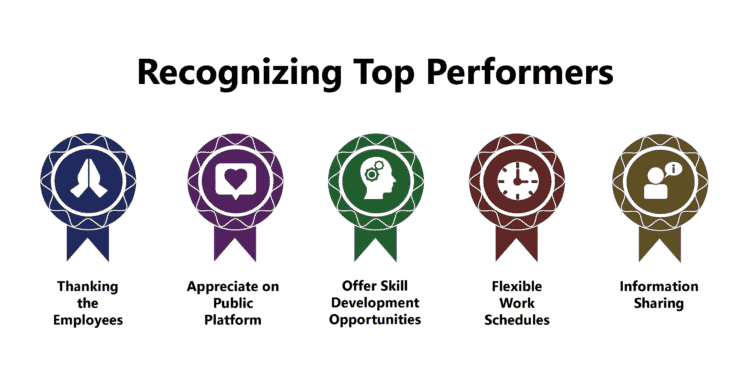
Caution
Hiring top performers requires a deep understanding of what makes your top performers tick, a well-defined method for evaluating candidates against those indicators, and the awareness that this process can lead to the “copy-paste effect” if not done carefully.
The “copy-paste effect” is the tendency to hire people similar to your existing top performers, even if they don’t have the skills and experience necessary for the role.
This can lead to a lack of diversity in your workforce, which can hurt your company’s ability to innovate and adapt to change.
To avoid the copy-paste effect, it’s essential to be open-minded when hiring candidates.
Don’t just look for people who are like your current top performers. Look for people who have the potential to be top performers, even if they don’t have the same experience or background.
Here are some tips for hiring top performers without falling into the copy-paste trap:
- Define the relevant indicators. What makes your top performers so successful? What skills, traits, and behaviors do they have? Once you know what makes your top performers tick, you can look for candidates with those qualities.
- Use a variety of assessment tools. Don’t rely on a single assessment tool to evaluate candidates. Use various tools like interviews, tests, and simulations to get a more complete picture of each candidate’s skills and abilities.
- Consider diversity. Don’t just look for people who are like your current top performers. Look for people from different backgrounds and with different perspectives. This will help you build a more diverse and inclusive workforce.
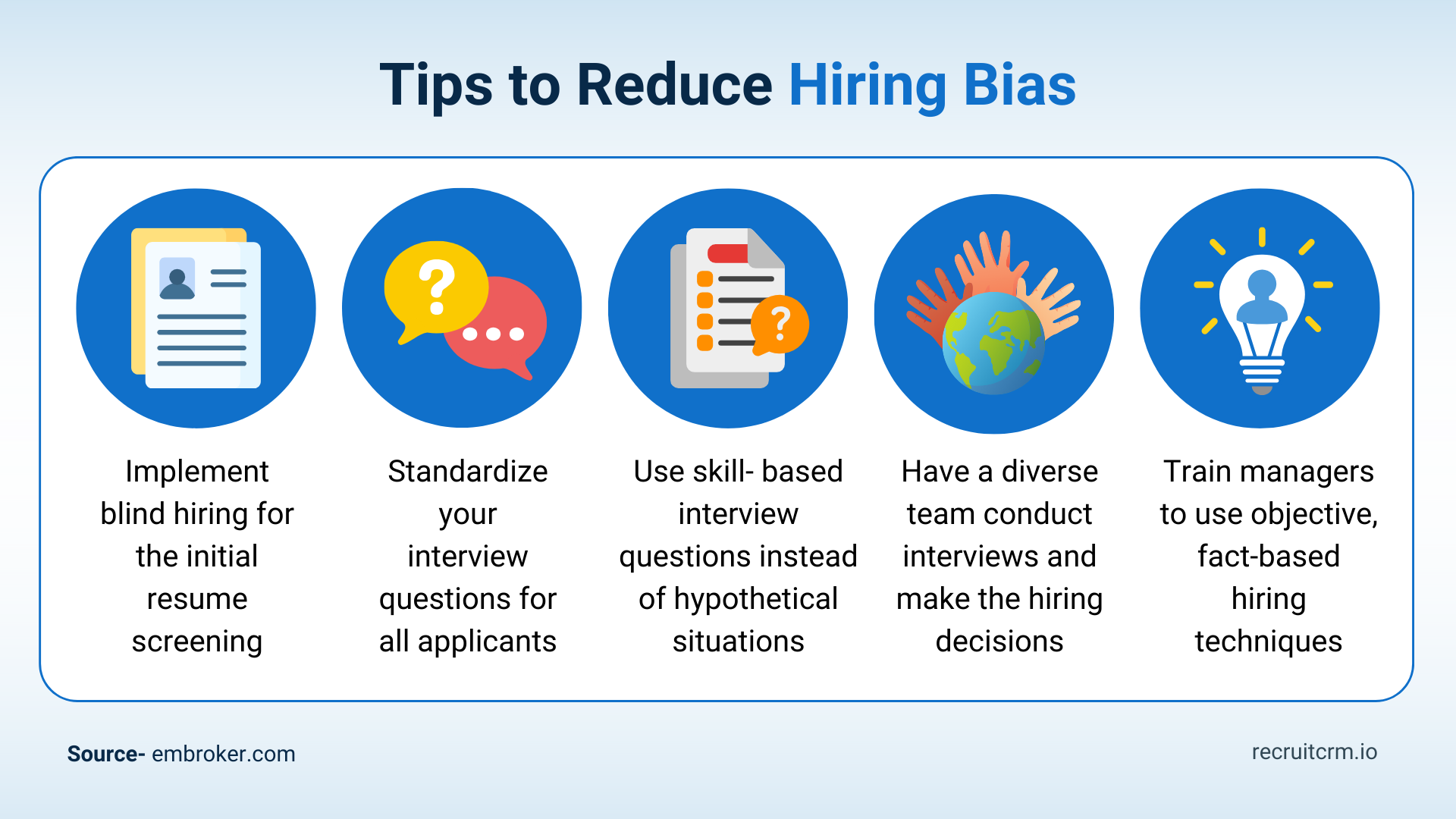
- Be open to feedback. Talk to your current top performers and get their input on what qualities they look for in new hires. This feedback can help you identify the most important indicators and find the best candidates for your open roles.
Remember – Cultivating a culture of excellence starts with hiring high performers who set the standard for success.
Make sure you hit the nail.
Frequently asked questions
Q1- How do top performers contribute to the overall success of a company?
Top performers drive innovation, enhance team productivity, and inspire excellence. Their skills, leadership, and collaboration amplify overall efficiency, positively impacting the company’s goals and fostering a culture of achievement.
Q2- What strategies can be employed to minimize bias in identifying and hiring top performers?
To reduce bias, adopt blind evaluations to focus solely on qualifications. Incorporate diverse hiring panels to counter unconscious biases and implement structured interviews with uniform questions to ensure fair and consistent assessments.
Q3- How can continuous monitoring and feedback improve the accuracy of performance metrics for benchmarking candidates?
Regular feedback loops refine performance metrics’ relevance. Consistent monitoring enables adjustments to changing job demands, maintaining alignment with role expectations, and improving the precision of evaluating candidates against the benchmark set by top performers.
Q4- How to retain top performers?
Retaining top performers involves recognizing their contributions, providing growth opportunities, and fostering a supportive environment.
Regular feedback, competitive compensation, skill development, and meaningful work contribute to their engagement and loyalty, reducing turnover and sustaining company success.




